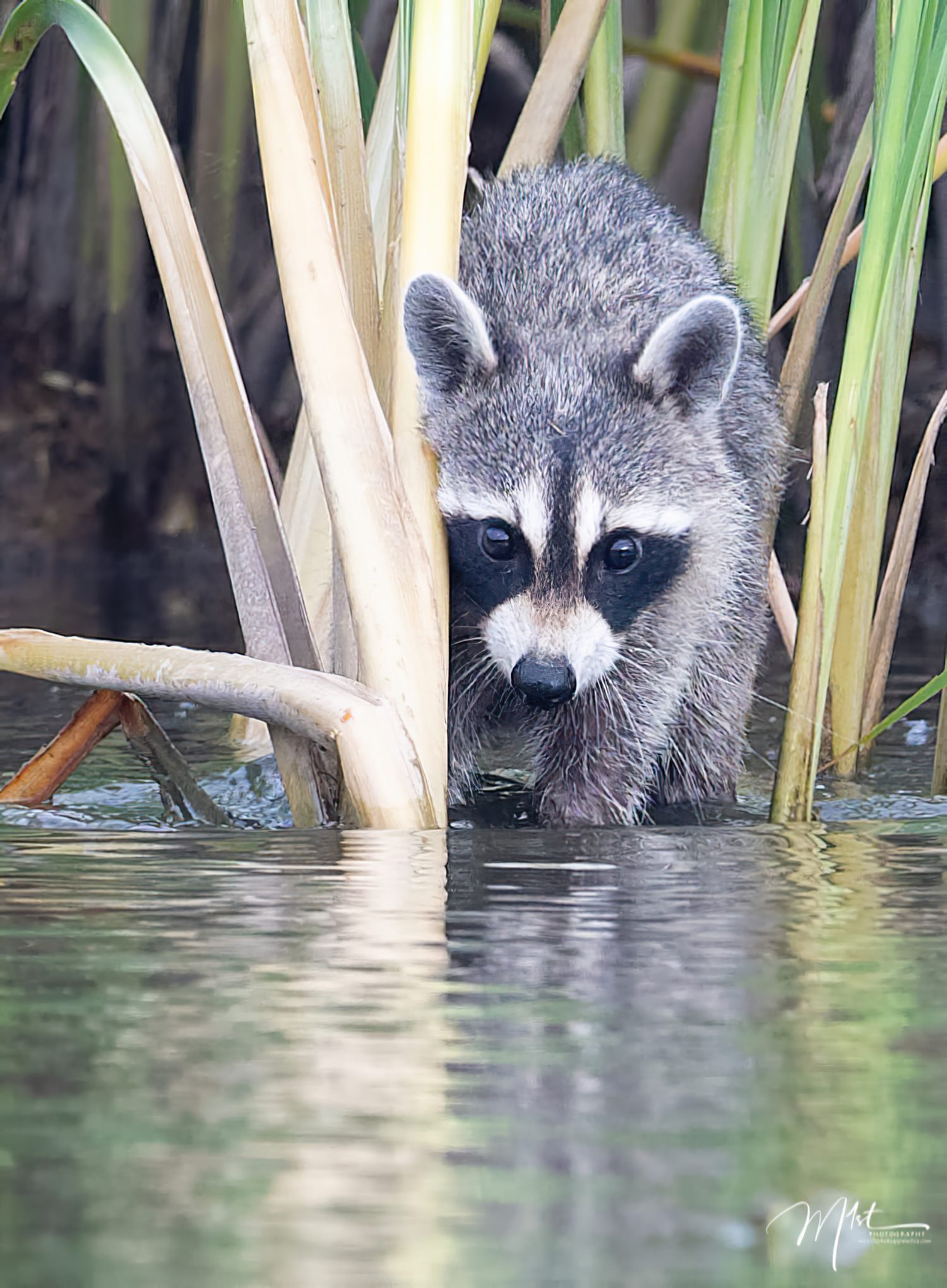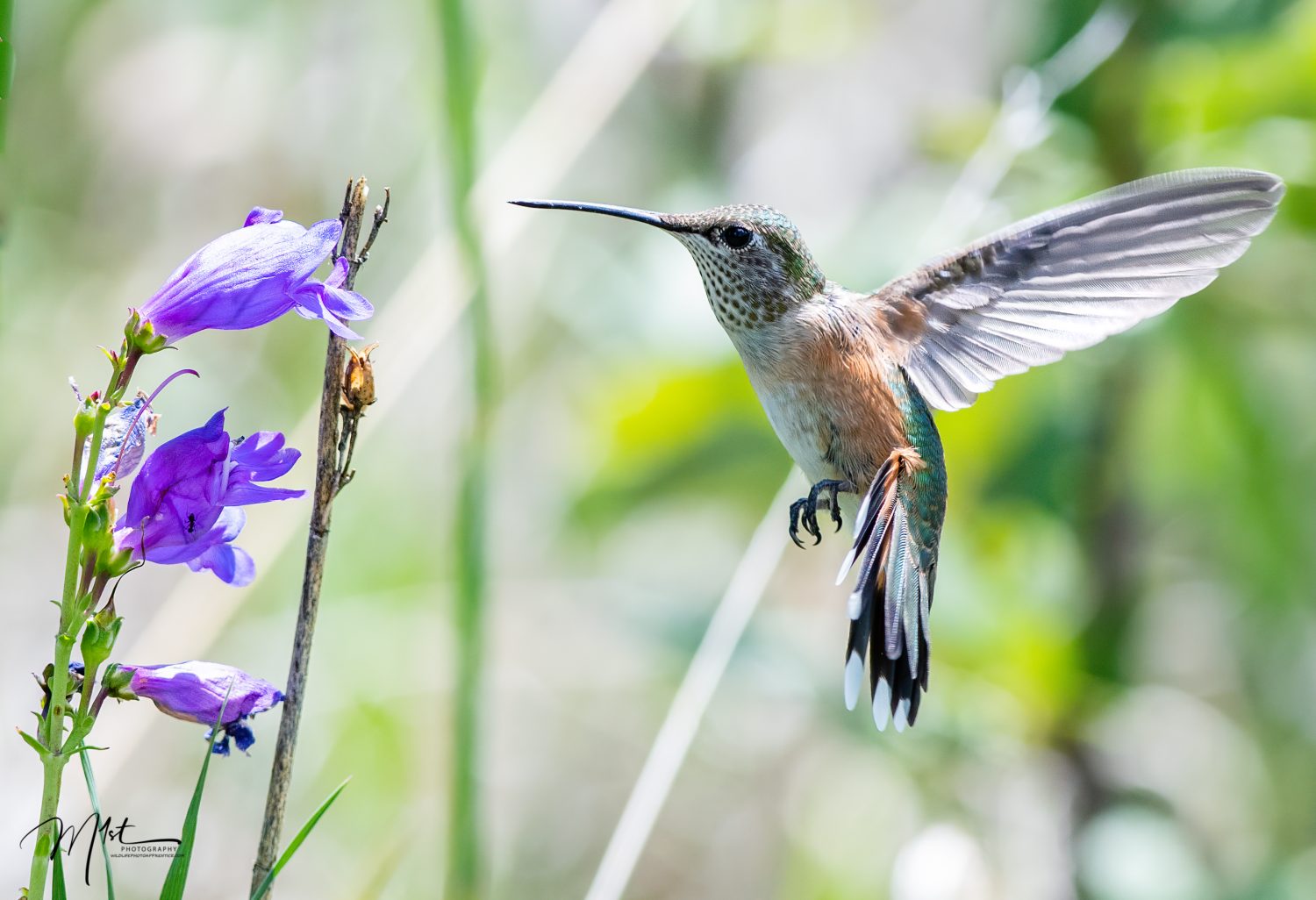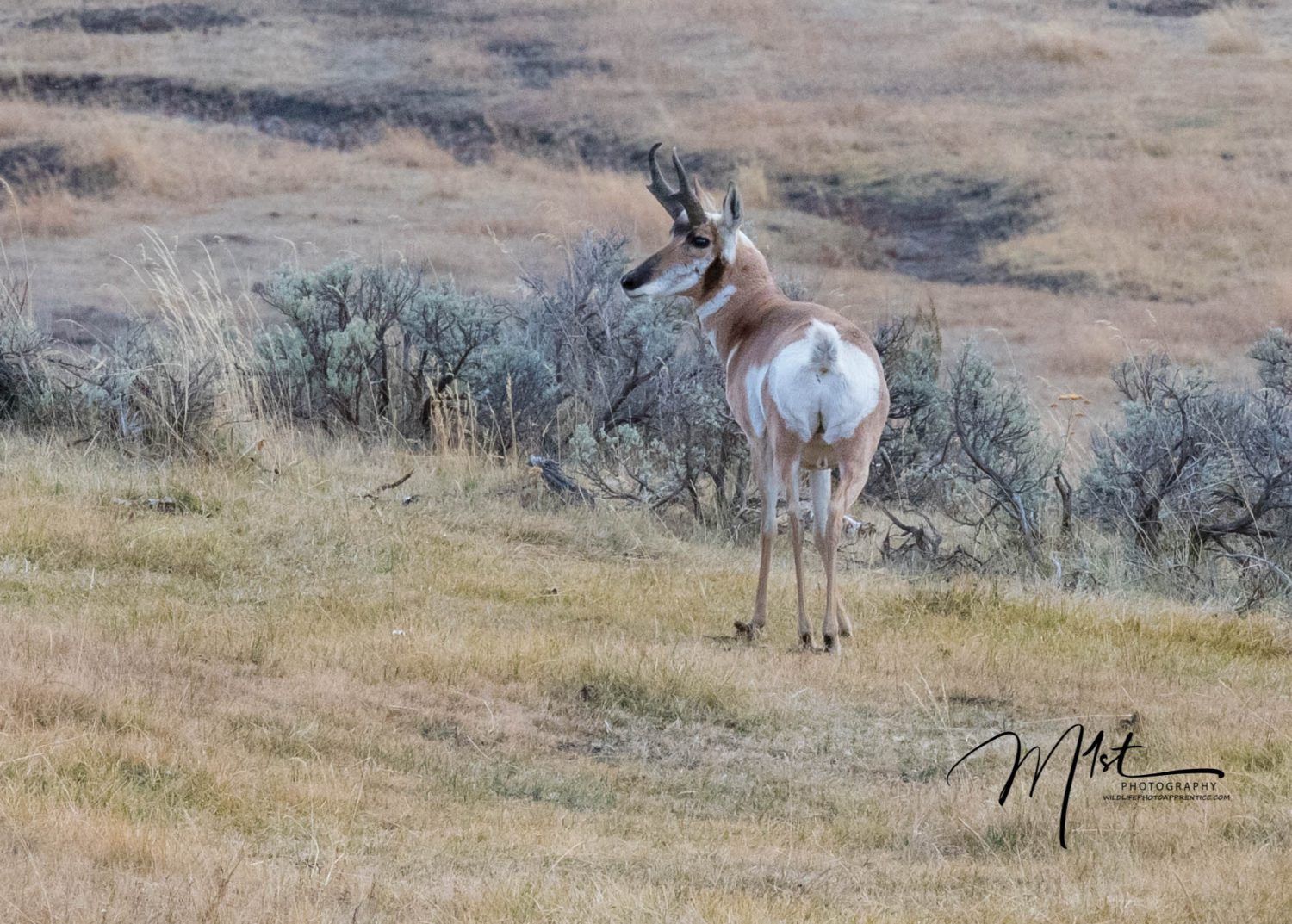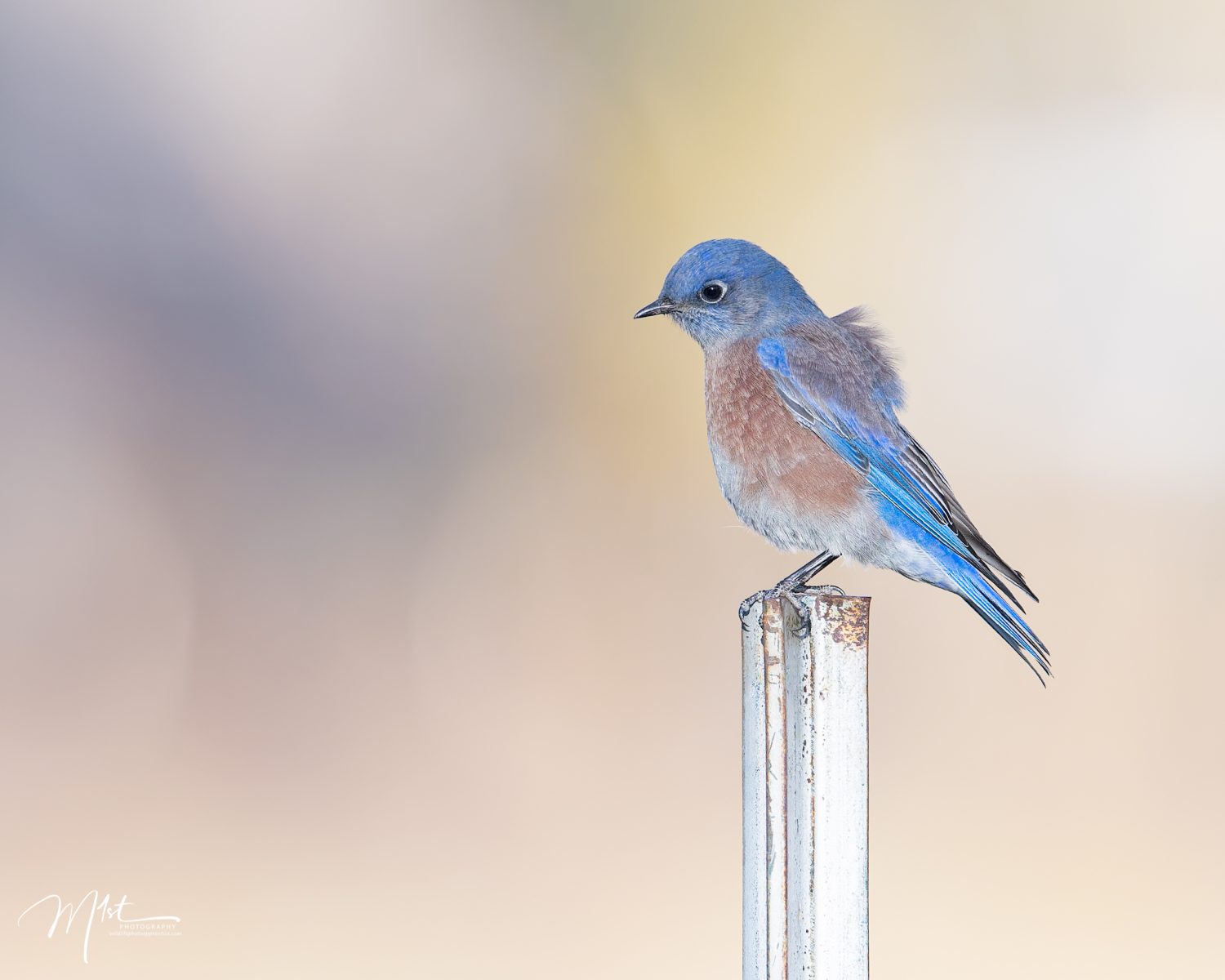Are you captivated by the beauty of the natural world and eager to capture stunning images of wildlife? Embarking on a journey into wildlife photography can be both thrilling and rewarding, allowing you to document the wonders of nature while honing your photography skills. If you’re a beginner with no prior experience in wildlife photography, this blog post is here to guide you through the essential tips and techniques that will set you on the path to becoming a successful wildlife photographer.

Start your journey by immersing yourself in the world of wildlife photography. Read books, watch tutorials, and explore online resources that provide insights into techniques, equipment, and the behavior of various wildlife species. Familiarize yourself with the basics of photography, including exposure, composition, and camera settings, as this knowledge will form the foundation of your wildlife photography journey. I find online sources such as Youtube to be an excellent place to learn about all of the above. I would highly recommend you check out Steve Perrys’ site, Back Country Gallery, for all things wildlife photography. Anthony Morganti has an excellent site for learning everything about Lightroom. There are many others, so check them out.
Next, you will need gear that is suitable for the task. While you don’t need the most expensive equipment to begin with, having the right gear is essential for wildlife photography. A DSLR or mirrorless camera with interchangeable lenses will provide the flexibility and image quality necessary for capturing wildlife. A telephoto lens with a focal length of at least 200mm is ideal for bringing distant subjects closer. Additionally, consider investing in a sturdy tripod, a camera bag for protection, and extra memory cards and batteries to ensure you’re always prepared for extended shooting sessions. Be careful, wildlife photography is expensive.

Conceivably, the single most important step in becoming a wildlife photographer is to master the basics of exposure. Understanding exposure is key to achieving well-exposed wildlife photographs. Learn about the exposure triangle (aperture, shutter speed, and ISO) and how each element affects your images. Experiment with different settings to control the depth of field, freeze or blur motion, and manage low-light situations. Practice in various lighting conditions to gain confidence in adjusting your camera settings quickly and effectively. Check out the previous blog, Beginning Wildlife Photography: If you only learn one thing, learn proper exposure, on this site.
Alternatively, perhaps the most difficult aspect of wildlife photography which has nothing to do with the actual photography itself is learning animal behavior and patience. To capture compelling wildlife images, it’s crucial to understand the behavior of the animals you want to photograph. Study their habits, feeding patterns, and preferred habitats. By learning to predict their movements and anticipate their behavior, you can position yourself for optimal shots. Patience is also vital in wildlife photography, as animals may not always appear on cue. Be prepared to spend extended periods observing and waiting for the perfect moment to capture the shot you envision. There is an old saying in wildlife photography, ” Wildlife rewards the patient photographer “. I often repeat it myself like a mantra when I’m standing in the freezing cold for hours waiting for something to happen.

It is important that as a wildlife photographer, you practice ethical wildlife photography. Respect for the welfare of wildlife should always be a priority. Practice ethical photography by maintaining a safe distance from the animals to avoid causing stress or disturbing their natural behavior. Refrain from baiting, trapping, or harassing wildlife for a shot. Remember, you are a guest in their habitat, and it’s your responsibility to minimize your impact and preserve the well-being of the creatures you photograph.
As we have discussed in prior blogs, wildlife photography involves composition and storytelling as well. Composition plays a vital role in creating impactful wildlife photographs. Use the rule of thirds, leading lines, and framing techniques to create visually engaging images. Look for opportunities to capture unique behaviors, interactions, or moments that tell a story. Pay attention to the background and foreground elements to create depth and context in your compositions. In beginning wildlife photography, storytelling is essential as it allows you to go beyond capturing a mere image and instead convey a narrative that engages viewers and evokes emotions. By telling a story through your wildlife photographs, you can create a deeper connection between the audience and the subjects, fostering a greater appreciation for the natural world and the importance of wildlife conservation.

Becoming a wildlife photographer is a lifelong endeavor. Learn from your mistakes and seek feedback. Don’t be discouraged by initial setbacks or less-than-perfect shots. The learning process in wildlife photography is neverending. Analyze your images critically, identify areas for improvement, and learn from your mistakes. Seek feedback from experienced photographers, participate in online communities, or join local photography groups to receive constructive criticism and gain inspiration from others. Flickr and Fredmiranda.com are great places on the Net to post and discuss/critique your wildlife photos.
Becoming a reasonably good wildlife photographer will take practice, practice, practice. The key to improving your wildlife photography skills is practice. Dedicate time to venture into different natural habitats, such as parks, forests, or wetlands, to familiarize yourself with various wildlife species. Experiment with different lighting conditions, perspectives, and compositions. The more you practice, the better you will get.

In conclusion, embarking on the journey of wildlife photography as a beginner can be both challenging and incredibly rewarding. By following these essential tips and techniques, you can lay a strong foundation for your growth as a wildlife photographer. Remember to research, invest in suitable gear, master the basics of exposure, understand animal behavior, practice ethical photography, and focus on storytelling. Embrace the learning process, be patient, and never stop practicing. As you continue on this exciting path, you’ll not only capture stunning images of wildlife but also develop a deep connection with the natural world and inspire others to appreciate and protect the precious biodiversity around us. So, grab your camera, venture into nature’s wonders, and let your wildlife photography journey unfold.
